The need for using animals as experimental subjects, and why releasing them into the wild is a terrible idea!
Think you would be doing them a favor by releasing them into a life of freedom in nature? Well, think again.
Scientific experimentation with animals is a topic that many people feel strongly about, with passionate opinions being raised against it.
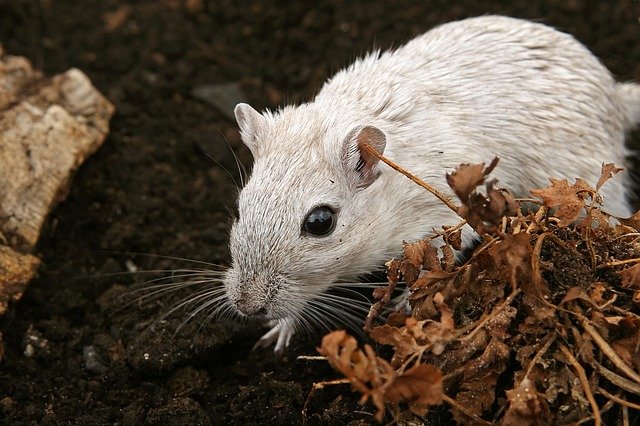
Why do we use experimental animals as test subjects for research? Mainly for three reasons:
They are easy to handle, follow up and keep in controlled conditions. Unlike human beings, you can keep them in a facility where you control very closely their living conditions, in any pattern that you like. They are always available for checkups when needed. Also, your experimental mice won’t just randomly decide that they want to drop out of the trial therefore making your results incomplete, or miss their appointments because they got stuck in a traffic jam and now they don’t have time for it, etc.
Genetic similarity to humans. Genetic analysis have shown that mice, for example, hold a high degree of similarity in their gene code in comparison to ours. Many genes, proteins and cellular pathways found in mice are equivalent to those in humans, providing a good starting point for research. However the results obtained should be met with the appropriate reservations, since not all findings in mice directly translate to human physiology.
Shorter lifespans and faster reproductive cycles. When using models like fruit flies, nematodes, fish and mice, one can take advantage of the fact that their life cycles are much shorter in order to observe phenomena that would take decades or even a lifetime to observe in human beings. One can test “long term” effects of drugs in these animals, or see the genetic effects of a compound by following up successive generations in a much briefer time window (for example, a fruit fly’s entire lifespan is of only a few weeks, while a mouse only takes six to eight weeks to reach adulthood following birth).
Hence, most of us scientists see the use of experimental animals as a “necessary evil”. Trust me, nobody actually enjoys performing experiments in animals, however is the best approach we currently have as an initial step before exposing human beings to new treatments or substances (I think we can all agree that testing the effects of an untested drug directly on humans would be both dangerous and unethical).
Still, understandably, many people think it’s cruel to keep animals living in such enclosed and isolated conditions, while being manipulated in many levels (genetic manipulation, exposure to drugs, dissection, etc.).
This is the reason why many animal-rights organizations all over the world raise their voices and make demonstrations to show their concerns about it. However, while these concerns are valid and worth discussing, some of those so called “activists” have been known to go too far, breaking in and vandalizing research institutions carrying out animal research.
The incidents
Just last month, at the University of Chile, a facility was vandalized by animal activists who freed over a hundred animals. The animals were being used by an Ecology lab as part of a trial to determine physiological effects of climate change on these rodents, jeopardizing their research project and ruining the thesis results of two students.
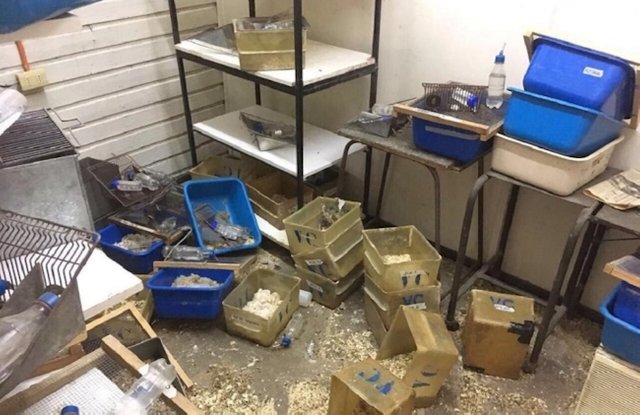
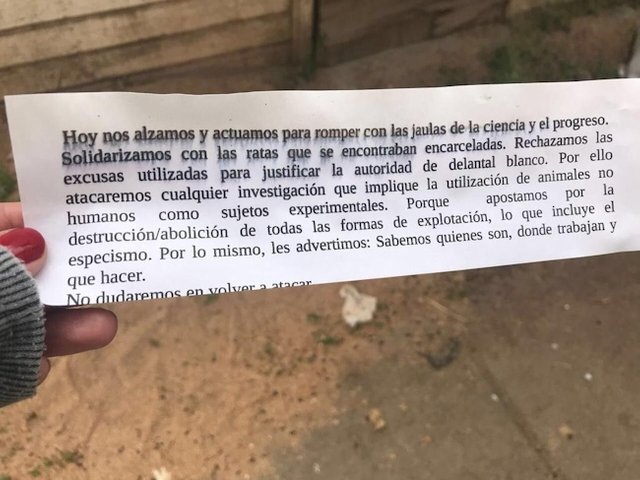
In 2013, one of the most outrageous acts of vandalism by animal rights extremists took place in the University of Milan. By apparently getting a hold of an electronic card to access restricted areas, they managed to get into the animal house of said institution, forcing open the doors to the mice lab. Then, a couple of extremists chained themselves by the neck to the double doors that served to access the building in a way that an attempt to open such doors would hurt them; meanwhile hundreds of sympathizers demonstrated outside the building.
Under this predicament, the extremists negotiated with the police and the head of the Pharmacology department of the university until an arrangement was reached for them to be allowed to take with them a hundred animals to set free. However, while this happened, they wreaked havoc inside the facility by scrambling animals and identifying tags from cage to cage, and writing down experimenter’s names to later expose them in social media with the aim of harassing them.
While in their heads these people were probably thinking they were performing some sort of heroic feat, they were actually setting these freed animals up for a rather tragic end and actively contributing to increased and unnecessary sacrifice of animals. Let’s analyze these acts for a bit:
What actually happens to experimental animals when they are released into the wild?
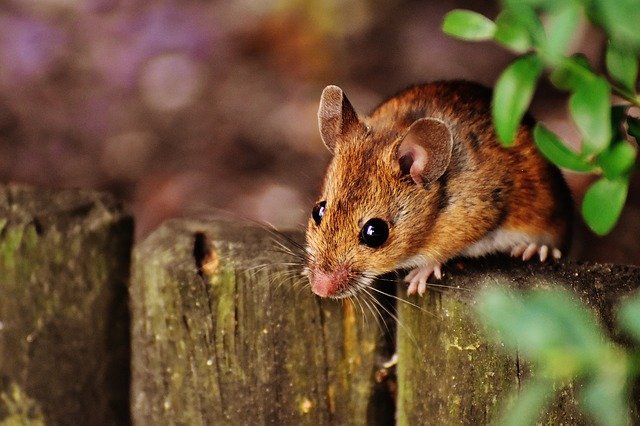
- They fall victims to predators, or die in their new environment because they fail to find a suitable shelter or food source. An animal that has lived their entire life in a cage with provided food and water does not have the same instincts as a wild animal. For example, I can tell you that the mice that I worked with, when put outside the cage, rather than running for cover and hiding, they would just stand there in confusion awaiting to be picked back up. As another real life example of this, many of the mice “liberated” by the people who vandalized the lab in Chile last month appeared dead around the campus just a couple days afterwards, either half eaten by predators or dead because of the cold.
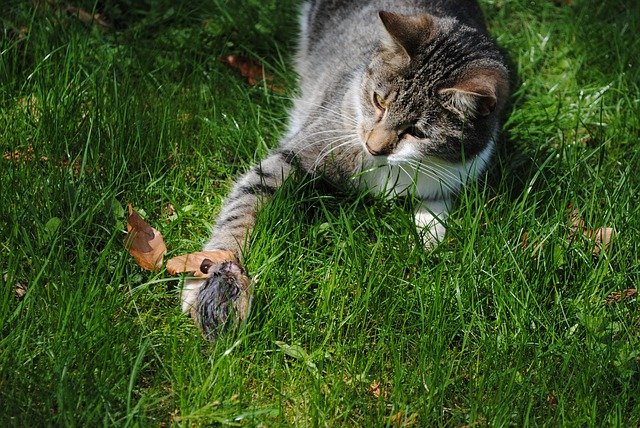
Some of them are under treatments that would limit their lifespan. Many of the mice used in research are used to understand how diverse diseases work, and therefore have been modified genetically, are immunosuppressed or are somehow dependent on treatments to remain alive or healthy. It is obvious, then, that their ability to survive in the wild is severely impaired.
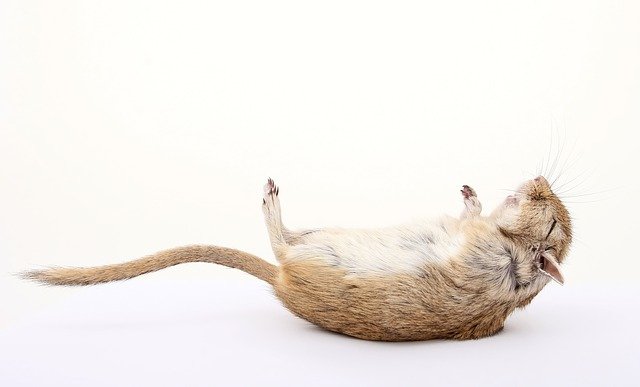
What are the consequences of releasing experimental animals into the wild?
- Loss of data and scientific progress. In the case of the incident at the University of Milan, years of research pertaining psychiatric disorders such as autism and schizophrenia were lost. One research group got their research project almost completely obliterated.
- Personal and professional loss. In both incidents, the students of such groups ended up in tears by seeing the hard work of years being destroyed, and their thesis work lost for good – which I can tell you, it’s an extremely cruel thing to do and a freaking tragedy when you are an underpaid PhD student, how invested years of their lives working extremely hard in hopes of getting good results and a degree.
- Unnecessary sacrifice of a new batch of animals to replace the one that was lost. In case you are not empathetic to human suffering – and think that these researchers somehow “had it coming”, maybe this point will get to you. An incident like this doesn’t result on the research affected being “cancelled” forever. What is most likely to happen, is that the experiments that were ruined as a result will have to be repeated, having to order and use a new set of experimental animals that otherwise would have not been needed. So congratulations, you not only killed the mice you released, but also hundreds of mice that were not needed to be sacrificed otherwise.
- Waste of taxpayer money. While in some countries like the USA a big proportion of research funds come from private sources, in others –like Germany–, it comes from taxpayer money. So, while thinking you might be striking a financial hit on these “big, evil companies”, it is more likely that you actually just punched yourself and your peers in the face by wasting good money that could have been used in a more productive endeavor.
And finally,
- In case they actually survive and prosper, they could alter the genetic pool of the wild population. While this is unlikely in some cases due to limited survival conditions, their escape and intermingling with wild animals could introduce dangerous mutations that could affect the ability of the population to adapt and survive to their environment.
What can be done, then, to prevent the unnecessary suffering and waste of animals?
In the current state of affairs, at least in countries with strong scientific regulations, scientists cannot just do whatever they want with experimental animals. Each project and protocol has to be justified, revised and approved before any access to animal subjects is granted.There is also a very strict protocol on what is permitted to do regarding experimental procedure, and a requirement to never let the animals undergo more than a mild/medium load of physical discomfort or disease.
In Germany, for example, the State Office for Health and Social Affairs (LAGeSo) requires us to adhere strictly to the animal welfare protocols and to keep detailed documentation of experimental procedures for each animal we use. They make periodic visits to make sure everything is in order or make suggestions on how to improve; sometimes they even do surprise inspections when they suspect that ethical and approved conditions might not have been met by a certain research group. Violations to these regulations are severely punished.
A better course of action, thus, is to raise any concerns for discussion with the policy makers regulating animal experimentation. Thanks to reasonable dialog between animal right activists and the corresponding scientific authorities, measures like the Basel Declaration, which many scientists –myself included– signed under, have been able to make an important influence on a better management of experimental animals.
This is the mission of the Basel Declaration:
Like the Helsinki Declaration, which forever altered the ethical landscape of human clinical research, the aim of the «Basel Declaration Society» is to bring the scientific community together to further advance the implementation of ethical principles such as the 3Rs (Reduce, Refine, Replace) whenever animals are being used in research. (Source)
There are often meetings and calls for action on initiatives on how to reduce the use of animal experimentation while still getting significant results. Furthermore, there is a variety of efforts being implemented by scientific organizations to both keep high standards on animal protection and also inform the public about the progress being made. An example for this is the Max Delbrück Center for Molecular Medicine here in Berlin, an institution that actively engages in this dialog (click on the link to read some brief examples of the programs/regulations they implement for this).
Communication is key; much more progress can be achieved by informing each other and reaching agreements to constantly improve the working conditions in benefit of animal welfare.
----------------------------------------------
Image sources: Pixabay, unless stated otherwise.
Im so with you girl! We need those animals to test medicines. We cannot test it on humans, thats just inhuman. A mouse cannot change the world, human can.
Interesting way to put things into perspective, thank you for your comment, @fathin-shihab!
😘
I try to release one lab rat way back on my elementary days but we discover it dead the next day.
At least it was back in your elementary days, these extremists freeing lab animals are adults who should know better...
Another great post @irime. I definitely have a lot of sympathy for researchers who work with animals. They definitely don't want to be responsible for killing or injuring them, but it can happen in the course of research and its not easy to take. Regardless, animal research has made some essential discoveries and the benefits often outweigh the ethical dilemmas experimenting with them pose.
The benefit outweighs the cost, definitely. However I can tell you firsthand that you are right in your perception that having to work with animals is a bitter thing to deal with and personally is something I discovered I am not cut out for. Nobody likes to do it, but as far as it can be foreseen there are no alternatives. Thanks for commenting!
Such great progress has been made in the welfare of lab animals and I think, while not perfect, the regulations that help determine and control the use of animals in a lab setting bring some focus to the fact that we should not take animal lives lightly. New techniques with tissue samples etc... have further lessened the need for certain research on animals. However, we would have to give up on a great deal of medical and safety research or switch to human subjects much earlier in the process of research if we were to forgo the use of animal models. Neither is going to happen. Pitching a fit and freeing the specifically bred animals that are useful in research as if they are still capable of survival like their wild relatives simply offers suffering and death. In the hands of researchers, the suffering of animals is supposed to be minimized and their eventual euthanasia as pain and stress free as possible. It really is the best we can do if we are to continue to strive for new disease understanding and treatments etc...
I don't think the use of animals as experimental subjects can be avoided as a necessary part of research. However, you are right, in this case what is left to do is to constantly review and optimize (and enforce) the guidelines and regulations to perform research in the most ethical and efficient way minimizing both the quantity and the suffering of the animals used.
Thank you for your thoughtful comment, @drwillwho!
Another good example of the consequences of what happens when people usually act emotionally without thinking (like always, when emotions drive the behavior).
Great article! :)
During the parliament election this year 0.8% of voters in Germany elected the Animal protection party and even 1.4% in Berlin. That's an insane amount considering this is such a niche topic relative to the truly important national questions.
The animal rights movement has achieved tremendous progress, now reflected in the very tight regulations that are imposed on research animal use. The improvements in husbandry, including environmental enrichment, are necessary from the standpoint of faithfulness and transferability of results.
Speaking of tight regulations: you make yourself amenable to criminal charges if you use one more animal in your experimental group than you got approval for from the officials!
Counterproductively, the militant behaviour of some of the animal rights activists is shedding a really bad light on their whole movement. The resulting losses for research are outrageous.
Well, I totally agree with what you said.
I was in particular not saying, in my very short comment, that one should be allowed to do anything one wanted to without any control. Of course there are regulations, and of course ethics is important. It is very important that animal research is controlled, but it is also important that this research is respected by the animal protection movement too (as long as the legal requirements are satistfied).
Activists who release research animals in nature do not, in my opinion, do something good for the animals themselves. As @irime said, most of them won't survive in nature, without talking about the threat for the local ecosystem.
I was picking up you commenting on emotional behaviour :-)
Thanks! I just wanted to make things clear (just in case :p)
This is such a sad situation for the animals. I understand it being a necessity but still. Stripping a living being of it's choice and experimenting on them leaving no chance of survival in the end. A painful ending to painful means.
I know, it is terrible, but sadly there is no way around it. Even the best in vitro simulation of the conditions inside a living organism is an overtly simplified substitute that lacks the complexity and interplay seen in a whole animal body.
This is a very controversial subject and I am confused as to which side is right. I believe that animal abuse is a real issue and animals absolutely deserve better treatment. However I'm not for breaking cages and releasing animals like that. This causes more problems and I agree with that.
Have you seen 28 days later by the way? It's British horror film that starts with some guys releasing some animals in a lab and then a virus turns almost all of Britain into zombies lol! Could that actually happen in real life too? Ok, not turn everyone into a zombie lol but spread a virus or something like that... That's a possibility I guess..
The problem is not black and white like you've stated.
Im mot sure of any way to continue testing, but also be completely humane.
I hope science can help us out with some fake animals.
Cross our fingers for the future eh?
An article about such a controversial topic is definitely not an easy thing to do. However, you managed to provoke the reader on the one hand but also get him into thinking that way by providing proper research and a mediating conclusion. I like the way you put that. Thanks for sharing :) Keep it up
Thank you for reading and sharing such a nice comment, @mocore!
Our lab mice already have issues when you are a bit too noisy. They wouldn't last a day in the wild..
I know, poor things. Like I said, mine don't even know how to (or that they should) run for cover in case they end up out of the cage.
Well handled and very informative post.
A friend of mine is a perfusionist (he runs the artificial heart and lungs that circulate the blood during open-heart surgeries) and has developed several new drugs to preserve hearts so they can be transported much farther between donors and recipients. In some cases he's more than quadrupled the time a heart can spend in transport. All of this is possible because of research conducted on pigs, which have hearts very similar to humans. Because every experimental surgery involves ultimately killing two pigs, he's taken to referring to himself as "The Pol Pot of pigs." I guess you develop a dark sense of humor in that line of work.
One day his research facility re-located to a new place directly across the street. This was in a major metropolitan area, and his team had to march these pigs across the road one at a time. I guess the animal rights folks got wind of it and staged a huge protest, tying up that section of the city for hours.
I guess none of them had eaten pork before, or needed a heart transplant.
You make a great point here, @winstonalden, once more related to how people are mostly driven by emotion rather than facts when it comes to discussions like this one. Of course nobody likes the idea of making an animal suffer, but they fail to see the big picture regarding the many benefits that everyone (themselves included) get from these procedures.
Thanks for this thoughtful comment!
Thanks for the article.
Maybe one day we can get people to march in the streets with placards that say, "Let's be reasonable!"